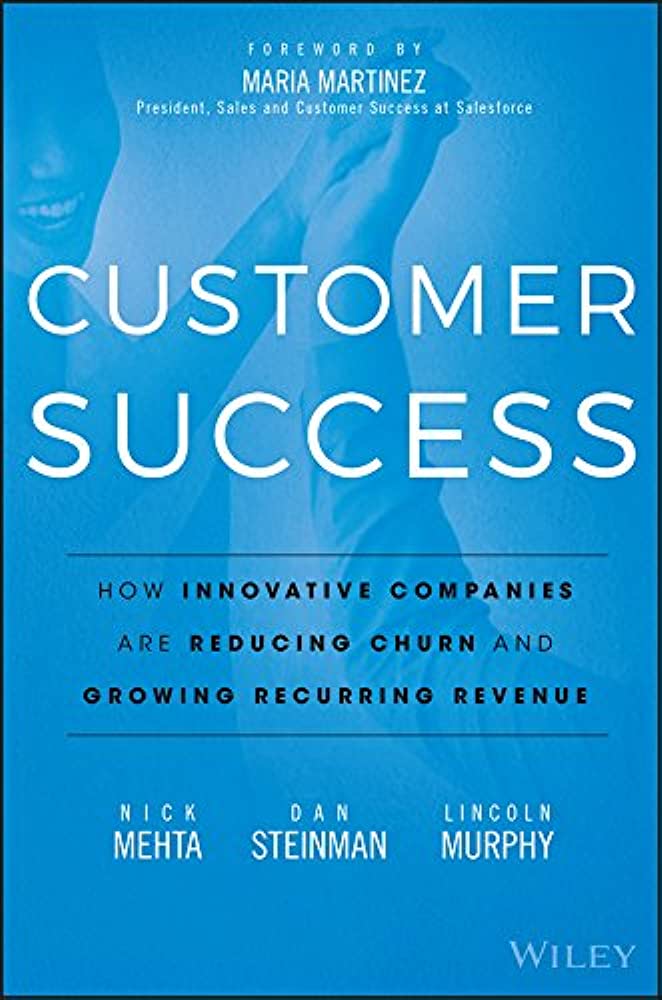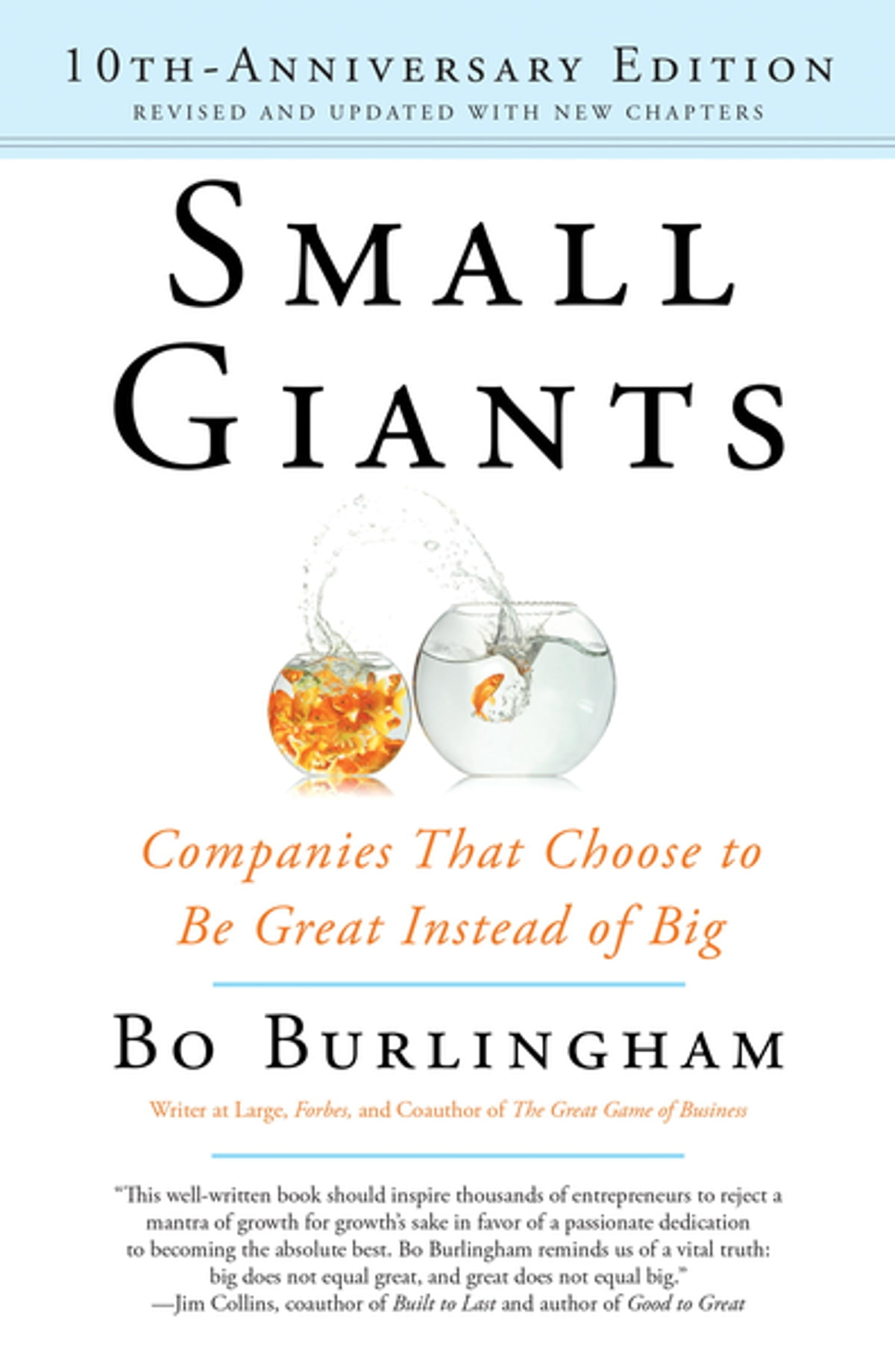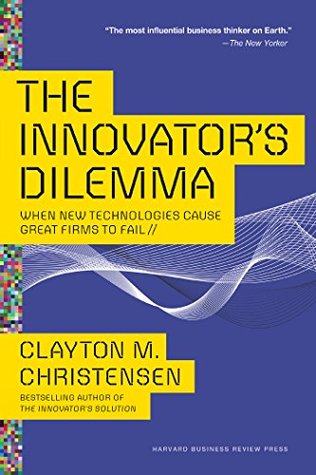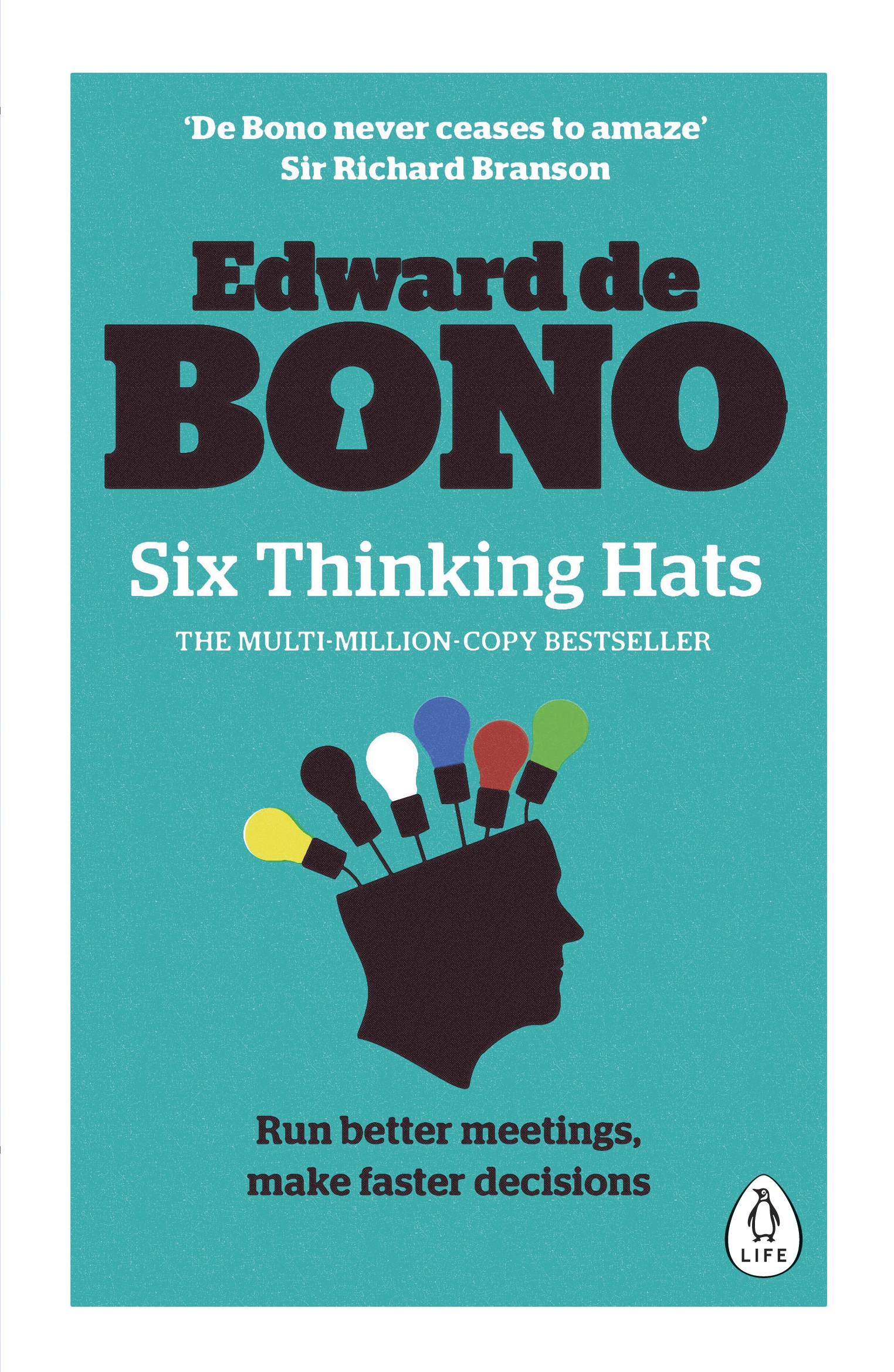The Challenger Sale
by Matthew Dixon & Brent Adamson
- Business
- Ashto =
- Jonesy =
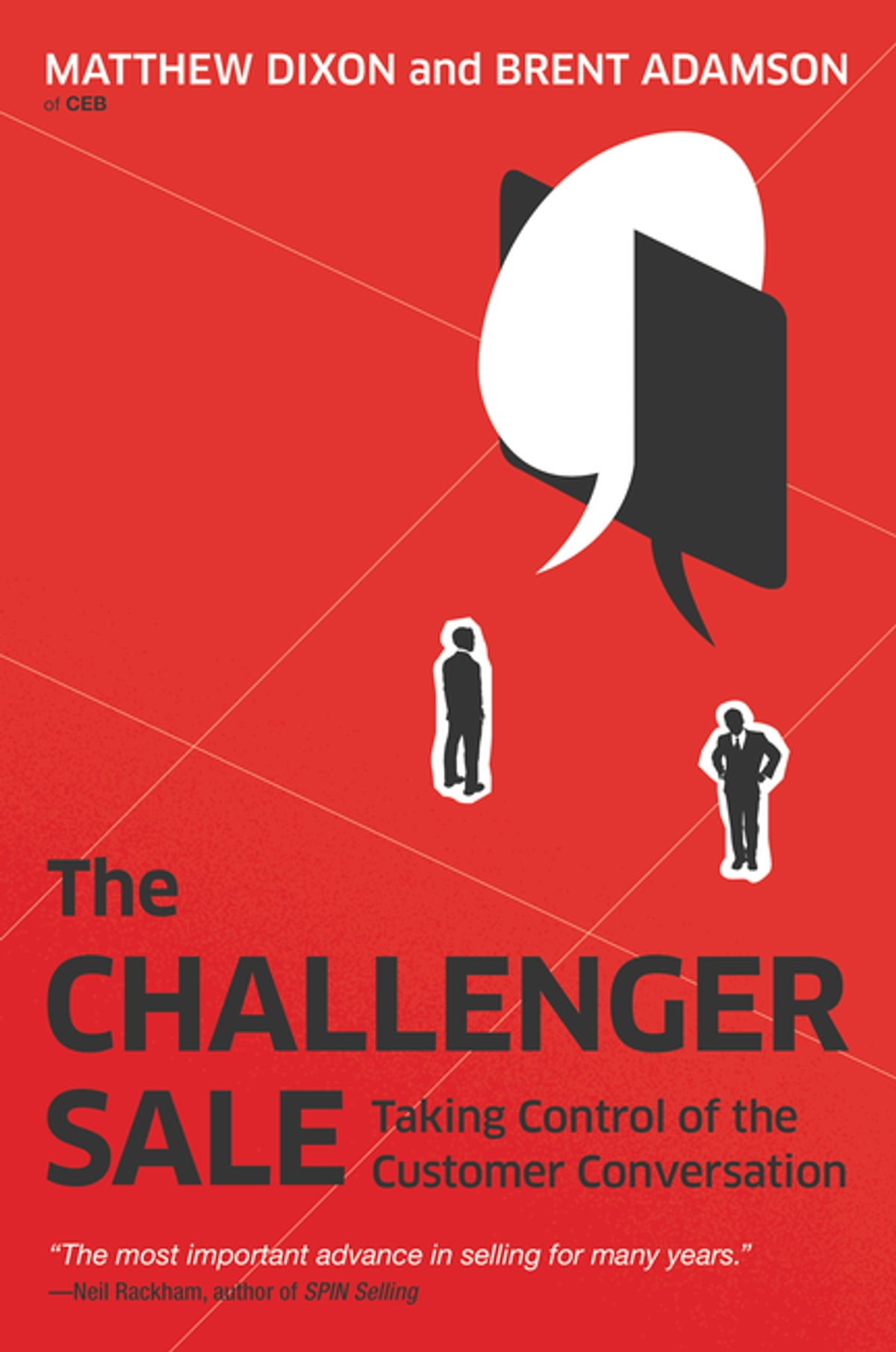
What You Will Learn with The Challenger Sale
Join Ashto and Jonesy as we explore key insights from the groundbreaking book, The Challenger Sale. In this blog post, we’ll discuss the core concepts from our latest podcast episode. The Challenger Sale, by Matthew Dixon and Brent Adamson, introduced a new, highly effective sales approach. By the end of this guide, you’ll understand the Challenger Sale methodology and its impact on sales performance and customer relationships. Let’s dive into the valuable lessons from The Challenger Sale.
In early 2009, the global economy suffered a severe blow. Customers vanished, commerce halted, and credit became scarce. Amidst one of the toughest sales environments in decades, a small group of gifted sales reps excelled. They kept selling a lot while others struggled with even the smallest deals. These talented individuals achieved what most sales reps could only dream of.
In this challenging environment, CEB (now Gartner) launched a crucial study on sales rep productivity. Heads of sales from prominent global companies aimed to identify what set these special sales reps apart.
After four years of research, three core insights emerged. These insights rewrote the sales playbook and led B2B executives worldwide to rethink their sales strategies. The findings improved the recipe for successful solution sales reps. We call these top performers “Challengers,” and this is their story.
Chapter 1 – The Evolving Journey of Solution Selling
What set these exceptional sales reps apart was not merely their ability to succeed in a down economy, but their prowess in navigating a complex sales model. This model demands both reps and customers to think and behave differently.
Often referred to as “solution selling,” this approach has dominated sales and marketing strategies for the past 10 to 20 years. As we uncover the Challenger Sale methodology, we will learn how it builds on solution-selling principles and elevates them to a whole new level.
The Challenger Part 1
The extensive survey involved hundreds of frontline sales managers across 90 companies around the world. They were asked to assess their sales reps based on 44 different attributes.
These attributes covered various aspects, such as:
- Attitudes: Seeking issue resolution, goal motivation, and curiosity.
- Skills: Business acumen, communication, and teamwork.
- Activities: Sales process adherence, evaluation of opportunities, and lead generation.
- Knowledge: Industry knowledge and product knowledge.
Researchers had practical means of measuring actual performance, primarily by evaluating each individual’s performance against their set goals. As we explore the Challenger Sale methodology further, we’ll see how these attributes contribute to the success of top-performing sales reps.
Finding 1 – The Five Types of Sales Reps
(1) The Hard Worker (21% of the sample): Hard workers are exactly what they sound like. They show up early, stay late, and put in extra effort. Self-motivated and persistent, they make more calls and conduct more visits than most others. Always seeking feedback, they look for opportunities to improve their game.
(2) The Relationship Builder: Focused on nurturing and building strong personal and professional relationships, relationship builders are generous with their time and work hard to meet customers’ needs. Their primary posture is accessibility and service, making them beloved by customers.
(3) The Lone Wolf: Deeply self-confident, lone wolves follow their instincts instead of rules. Often seen as prima donnas or cowboys, they lack process compliance and CRM entries. Despite being rule-breakers, they excel in performance.
(4) The Reactive Problem Solver: Highly reliable and detail-oriented, reactive problem solvers ensure that promises made during sales are kept post-sale. They focus on post-sales follow-up, addressing service issues around implementation and execution quickly and thoroughly.
(5) The Challenger: Challengers are the debaters on the team. With a deep understanding of customers’ businesses, they push customers’ thinking and teach them new ways to compete more effectively. Unafraid to share their views, they are assertive and challenge customers, managers, and senior leaders alike.
As we explore the Challenger Sale methodology, we’ll see how these five types of sales reps contribute to sales success and the unique characteristics that set Challengers apart from the rest.
Finding 2 – One Clear Winner and One Clear Loser
You might think that all five sales rep profiles perform well, but when comparing their performance, a dramatic difference emerges. The Challenger comes out as the clear winner, while the Relationship Builder lags behind.
What sets Challengers apart? They:
- Offer customers unique perspectives.
- Have strong two-way communication skills.
- Understand individual customers’ value drivers.
- Identify economic drivers of the customer’s business.
- Are comfortable discussing money.
- Can pressure the customer.
A Challenger is defined by their ability to:
- Teach for differentiation: With their unique perspective on the customer’s business and ability to engage in two-way dialogue, Challengers can differentiate themselves during sales interactions.
- Tailor for resonance: Challengers understand customers’ economic and value drivers, allowing them to deliver the right message to the right person within the customer organization.
- Take control of the sale: Challengers are comfortable discussing money and can pressure the customer when needed.
On the other hand, Relationship Builders, the worst performers, focus on hugging customers and accommodating their every demand. While relationships are important, constantly acquiescing to customers can lead to disaster. Quarterly check-in calls might be good for finding business, but not for making it.
The Challenger profile aims to build productive tension in customer interactions, pushing customers out of their comfort zones. In contrast, the Relationship Builder focuses on resolving tension to create amicable, positive situations and encourage collaboration.
As we delve deeper into the Challenger Sale methodology, we’ll learn how these findings impact sales success and how Challengers rise above the competition.
Finding 3 – Challengers are the Solution Selling Reps of the Future
Challengers demonstrate staying power, delivering results consistently regardless of the economic climate. Their success isn’t just a temporary phenomenon, but a sustainable approach to sales.
If you’re not building or hiring Challenger reps, you may fall short as deals become more complex. Challengers aren’t just successful in a down economy; they are the solution-selling reps of tomorrow.
As we continue our exploration of the Challenger Sale methodology, we’ll understand how investing in the development of Challenger reps can future-proof your sales team and drive long-term success.
Chapter 4 – Teaching for Differentiation Part 1 – Why Insight Matters in The Challenger Sale Methodology
The shortest path to sales success has often been believed to be a deep understanding of our customers’ needs. To sell solutions, you must first discover your customers’ pain points and build a connection between their concerns and your offerings. By digging deep enough, you can craft a highly targeted offer that perfectly solves their problem, making it impossible for them to refuse, regardless of the cost.
While this approach sounds great on paper, it doesn’t work as well as it used to. It’s based on the flawed assumption that customers know what they need in the first place, and that their needs are waiting to be unlocked through skillful questioning. But what if customers don’t actually know what they need? What if their greatest need is to figure out their own needs?
If this is true, a better sales technique might be to tell customers what they need, rather than asking them. That’s precisely what Challengers do. They aren’t merely world-class investigators; they are world-class teachers.
Challengers win not by understanding their customers’ world as well as the customers know it themselves, but by knowing their customers’ world even better than the customers do. They teach customers what they don’t know but should, setting themselves apart and demonstrating the value of their unique insights.
The Power of Insight – A Brief Overview
Sales reps who embrace The Challenger Sale methodology can deliver tremendous value to customers. By offering unique perspectives on the market, guiding customers through alternatives, providing valuable advice, and educating them on new issues and outcomes, they meet a critical customer need for learning.
Customers are seeking suppliers who can help them uncover untapped opportunities to reduce costs, boost revenue, expand into new markets, and mitigate risks they haven’t yet identified. They want suppliers who go beyond wasting their time and instead challenge and teach them something new.
In this context, the best suppliers stand out not solely based on the quality of their products, but on the value of their insights. They introduce fresh ideas that enable customers to make or save money in innovative ways they hadn’t considered. Customer loyalty is no longer solely tied to the products themselves, but to the way insights are delivered throughout the sales process.
Challengers excel in this new sales landscape, as they teach customers new ways of thinking and encourage them to reassess their current perspectives and approaches. With tailored insights that address customers’ specific business needs, Challengers engage customers in a compelling and assertive manner, ultimately driving action and fostering successful outcomes.
Commercial teaching, a key strategy for Challengers, follows four key rules:
- Lead to your unique strengths.
- Challenge customers’ assumptions.
- Catalyze action.
- Scale across customers.
By adhering to these rules, sales reps can effectively teach their customers, ultimately adding value and driving sales.
-
Lead to Your Unique Strengths
The principle of leading to your unique strengths emphasizes that commercial teaching must be directly tied to a capability where you outperform your competitors. By educating customers about an issue and then demonstrating how your unique solution addresses that issue, you position yourself favorably for winning the business.
The key to customer loyalty lies in outperforming your competitors on the issues that you’ve taught your customers are important. Yes, getting a customer to think about new opportunities to make or save money is essential, but the real success comes when the customer asks, “Wow, how can I make this happen?” and you can confidently respond, “Let me show you how we’re better able to help you make that happen than anyone else.”
This is a powerful moment. Not only have you provided new, relevant insight, satisfying the customer’s desire for learning, but you’ve also connected that insight to your unique solution. You’ve taught your customer to desire not just help, but your help specifically. This is a key aspect of the Challenger sale approach.
-
Challenge Customers’ Assumptions
The second principle of commercial teaching is about challenging customers’ assumptions. Whatever you teach your customers has to genuinely educate them. It needs to challenge their preconceptions and engage them in a way they haven’t experienced or fully appreciated before. This is often achieved through a ‘reframe’ – using data, information, or insight to alter how they think about their business.
Relationship builders often face struggles with this approach. They may return from a sales call excited about the rapport they established with the customer, only to be surprised when their calls aren’t returned later. Just because you understand their business doesn’t automatically mean you get their business.
Challenger sales reps, on the other hand, aim for a different customer reaction altogether. Instead of hearing, “Yes, I totally agree,” they know they’re on the right track when they hear their customer say, “I never thought of it like that before.” The best indicator of a successful reframe is a thoughtful reflection from the customer.
-
Catalyze Action
The third rule of commercial teaching is about catalyzing action. This concept is familiar territory in sales. It’s about justifying premium prices for bundled products or services by emphasizing the long-term savings. The argument often goes, “Yes, we might cost a little more upfront, but look at the savings you can make over the next four years. Our solution practically pays for itself.” However, unless you can convince your customers they’ll receive incremental value for that premium price, your solution strategy is likely to fail. This rule underlines the importance of compelling your customers to act, driven by the belief in the superior value of your solution.
-
Scale Across Customers
The final rule of commercial teaching is about scalability. Commercial teaching, when done effectively, is not just a successful sales technique; it’s also a powerful commercial strategy. While it can work effectively on an individual level, there are compelling reasons why this approach is even more potent when scaled across multiple customers.
From a tactical standpoint, it’s unrealistic and unfair to expect your reps to understand their customer’s business better than they do without some organizational support. This task can be particularly daunting for core performers who work across a diverse customer base.
However, imagine if you could equip your reps with a small set of well-scripted insights and a few easy-to-remember diagnostic questions to map the insight to the right customer. This would significantly shift the burden of effective needs diagnosis from frontline sales reps back to the organization.
For this approach to be successful, you need a small number of powerful insights that naturally lead to an even smaller number of unique solutions, all applicable across a broad set of customers. In other words, you need to scale. Leaving commercial teaching in the hands of individual reps may not be the most effective approach. The common denominator for insights is not geography, size, or industry; it’s a common set of needs. Commercial teaching, therefore, needs to be scalable and applicable across various customer profiles.
Chapter 5 – Teaching for Differentiation Part 2
Creating a teaching pitch involves six distinct steps, all based on The Challenger Sale methodology. These steps are aimed at taking customers on an emotional journey, guiding them towards a unique solution. Rather than a typical presentation, it’s about telling a compelling story, building suspense, and surprising the customer with new perspectives. The goal is to lead customers through a challenging yet enlightening experience, ultimately showcasing the power of The Challenger Sale methodology. Here are the six steps:
Step 1: The Warmer
The initial part of your teaching pitch involves laying out key challenges you’ve identified from working with similar companies, often supported by benchmark data or relevant anecdotes. You share these insights with the customer, validating the challenges they’re likely facing, and then ask for their reactions.
A representative opener could be, “We’ve worked with a number of companies similar to yours and found that these three challenges come up time and time again. Is that what you’re seeing too?”
The goal of this step is to establish credibility. You’re essentially telling the customer, “I understand your world, and I’m not here to waste your time asking you to teach me something about your business.”
Rather than beginning with open-ended questions about the customer’s needs, you lead with informed hypotheses of these needs, based on your own experience and research.
This approach is particularly appreciated by customers who are tired of generic sales pitches, as it makes the sales process faster and easier for them. Instead of needing to educate you, they benefit from your informed perspective, which they see as value-added to the conversation.
The commercial teaching pitch cuts right to the chase, demonstrating efficiency, respect for the customer’s time, and preparation on your part.
Step 2: The Reframe
The reframe is the pivotal moment of the Commercial Teaching pitch. You take the challenges that the customer acknowledged in the first step and introduce a fresh perspective that links those challenges to a much larger problem or opportunity than they had originally realized.
This new perspective should be something you’re well-prepared to discuss, though it’s not about elaborating on the insight in great detail at this point. The reframe is about presenting the insight itself – it’s just the headline. Like any compelling headline, the aim is to surprise the customer with an unexpected viewpoint, pique their curiosity, and make them eager to learn more.
If you merely articulate a problem that they’re already aware of, they’re likely to have thought of a solution too. Doing this can be detrimental, as failing to provide unique insight means failing to bring unique value. If the customer has already begun considering other solutions, you’ve lost a significant opportunity to steer their thinking toward your solution.
Step 3: Rational Drowning
Rational Drowning is the stage where you establish the business case for why the reframed perspective from step 2 deserves the customer’s time and attention. Here, you utilize data, graphs, tables, and charts to quantify the true, often overlooked, cost of the problem or the size of the opportunity for the customer.
Rational Drowning is the numbers-driven rationale for why customers should reconsider their approach to their business. But it should be presented in such a way as to make them feel somewhat uncomfortable. They should be thinking, “Wow, I had no idea we were wasting that kind of money.”
If you’re using an ROI calculator with your customer, this is where it comes into play. However, it’s important to remember that the ROI you’re calculating is related to solving the challenge you’ve taught your customer they have, not the ROI on purchasing your specific solution.
By combining steps 2 and 3, you present something new and demonstrate why it matters. That’s what effective teaching is about. And truly great teaching requires creating an emotional impact.
Step 4: Emotional Impact
Emotional Impact is all about personalizing the story you’re telling to the customer’s unique situation. The goal is to ensure that the customer can see themselves and their organization in the narrative you’re unfolding.
There can be few things more frustrating than presenting a compelling argument, only to hear the customer respond with, “I see what you’re saying, but I struggle to see how this applies to us.”
At this stage, you want your customer to replay the scenario you’ve laid out in their own head, as it might have occurred in their own company. The aim is to create an emotional connection to the problem or opportunity you’ve highlighted, making it tangible and real to them.
If, after Step 4, your customer still believes that their situation is different or unique, then you’ve either targeted the wrong customer, or you’re telling the wrong story. It’s crucial to align your narrative with the customer’s reality and experiences for the teaching pitch to be successful.
Step 5: A New Way
At this point in the teaching pitch, your goal is to guide your customer toward a solution. You provide a detailed overview of the specific capabilities they would need to address the opportunity or challenge you’ve highlighted. Whether it’s about saving money, making money, or mitigating risk, you lay out the blueprint for their success.
Importantly, Step 5 is about the solution, not about you as the supplier. Although it might be tempting to jump into how your product or service can help, you should resist this urge. This isn’t the time to talk about how much better the customer’s life would be if they bought your product. Instead, it’s about showing them how much better things could be if they acted differently. It’s about behavioral change, not a change in purchase habits.
Don’t rush this process. You want the customer to fully understand and agree with the solution before they even consider your product or service. You’re looking for them to say something like, “You’re right, that makes total sense… That’s what we need to do,” or “That’s the kind of company I want us to be.”
Once they’ve bought into the solution, they are ready for Step 6: your solution.
Step 6: Your Solution
This is the stage where you introduce your unique product or service as the solution to the customer’s problem or opportunity. This is where your training and experience as a representative come into play. You outline how your offering can deliver the solution they agreed upon in Step 5 better than any other option.
This stage is where your hard work in identifying your unique capabilities pays off. These distinctive features of your product or service should be at the forefront in Step 6. However, if the customer is still considering competitors at this stage, it’s likely you’ve either failed to highlight truly unique capabilities or failed to lead them effectively toward your solution.
In essence, you’ve taught your customer something new and valuable about their business in a way that specifically leads them to value your unique offerings over your competitors.
It’s important to remember that you as the supplier should only enter the conversation at Step 6. It’s all about timing and providing value to the customer before discussing your product or service. In other words, don’t rush to present your solution without first ensuring that the customer recognizes the need for it.
Conclusion – Cultivating the Challenger Ethos: Empowering the Core
Principle 1 – Challengers are Cultivated, Not Simply Innate
Our study revealed that every sales representative, to some extent, possessed elements of The Challenger Sale methodology. However, this wasn’t always their dominant trait or strategy.
Our focus was on identifying the distinct skills, attitudes, behaviors, and knowledge that distinguished the Challenger salesperson. What we discovered was that these qualities could be nurtured and developed, not simply found.
With the appropriate tools, training, coaching, and a reward and recognition system that values Challenger behaviors, we believe that many of your sales representatives who currently show traces of the Challenger style can be encouraged to adopt this approach more consistently when interacting with customers.
Ultimately, it’s not just about possessing individual Challenger skills, but rather about integrating these skills to create a holistic and effective sales strategy. By investing in developing these competencies, your sales team can evolve to meet the changing demands of today’s complex sales environment, driving growth and success for your organization.

